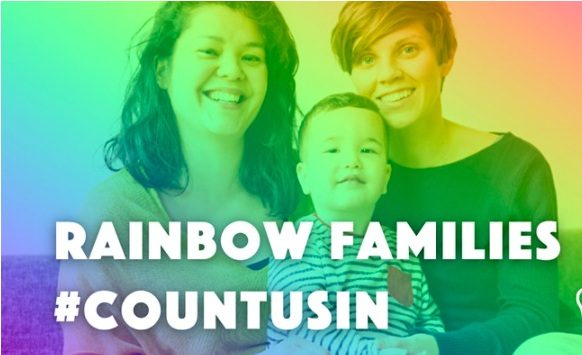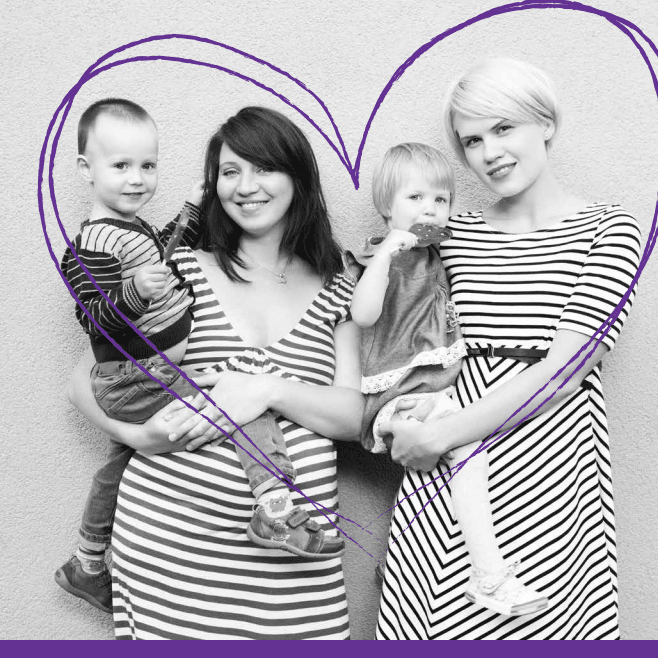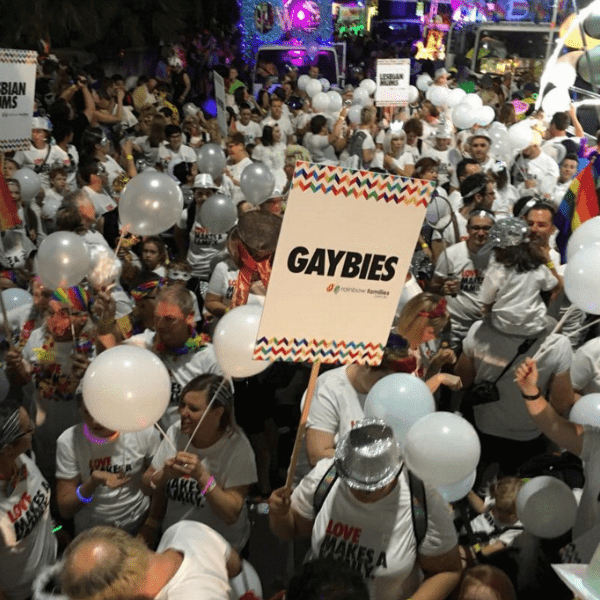 The slogan for the 2021 Census is “Every stat tells a story”.
The slogan for the 2021 Census is “Every stat tells a story”.
The ABS website tells us that the Census is “the most comprehensive snapshot of the country and tells the story of how we are changing”. The information collected by the Census helps government, non-government organisations and businesses to provide a range of services across the community.
But what if the questions don’t allow you to provide accurate information about yourself and your family?
After my experience with the 2016 Census, it was no surprise that the 2021 version didn’t tell the story of my family and me. Like many in the LBGTQ+ community, I braced myself as I worked through questions that felt like they weren’t meant for me.
Unlike the last Census, I completed this one as a single parent. It turns out that single lesbian parent is a statistical non-entity due to the failure of the questions to record it. The only way the form can capture sexual orientation is if you live with your partner AND you happen to be in the same household on Census night. The pandemic has made this more likely, but border closures could have separated couples. In normal circumstances, one person being away from work would render your relationship and sexual orientation invisible.
You can’t accurately conclude someone’s sexual orientation from their current relationship. For people identifying as bisexual or pansexual in a relationship with someone of the same gender, the survey reinforces the invisibility experienced in their day-to-day lives.
Indicating my relationship status was a fraught exercise. “Separated but not divorced” didn’t fit because my long-term relationship was de facto. Separated from a long-term relationship wasn’t offered as an option. I hovered over “never married” for a long time because, although technically accurate, it just didn’t fit. Its connotations of spinsterhood were far removed from a 15-year relationship that produced a child. It also felt like a slap, given that marriage was denied to me until 2017.
Even apparently harmless questions were asked in a way that excluded us. The question about where each person’s mother and father were born remained unaltered despite feedback (including mine) following the last Census. It was maddening, not just because it clung blindly to a heteronormative model of family, but also because it would have been so easy to refer to parent one and parent two as so many other forms do these days. The only way I could approach this question concerning my daughter was to state, “my child has two mothers” in the “other” option under “father” and “mother”. I wasn’t prepared to choose which mother should be counted as a mother.
Being forced to complete the survey with inaccurate information because my experiences didn’t fit the questions was a frustrating experience.
Because I had to choose my child’s primary residence, I couldn’t indicate that she lives in a shared care arrangement. It’s not uncommon among LGBTQ+ families whose post-separation accounts reflect a more equal and less gendered division of care. In addition to separated families, LGBTQ families include co-parenting relationships that span more than one household. Without a way of recording these families, the picture of family diversity is missed.
It occurred to me that if my daughter had not been with me that week, there would have been no way of indicating that I was a parent. As a non-biological parent, the question about whether I had given birth wouldn’t have helped me. This question wasn’t available to people who identified as non-binary or trans-masculine and was inappropriately offered to those who identify as transfeminine (although they weren’t able to do so on the form).
The Census provided minimal options for recording gender identity, with trans people excluded this time. At least 2016 provided an opt-in procedure for recording trans identity, albeit cumbersome and with privacy issues. Non-binary was included as an option (if you clicked “other”) but categorising it as sex rather than gender just revealed a lack of engagement with issues of gender identity.
I couldn’t help feeling that the ABS had missed the opportunity to get the full story about the Australian community. My heart sank further when I saw the “Census Stories” website, a list of examples of how Census stats provide essential services for the aged, youth, migrants and first nations people. The omission of the LGBTQ+ community was blatant. Without accurate stats, those services can’t be delivered in a targeted way, for example, by addressing the higher risk of suicide in LGBTQ+ youth.
It’s essential as LGBTQ+ families that we can access services sensitive to our needs. This is particularly the case when we are at our most vulnerable and need mental health or post-separation support, for example. If the stats don’t provide an accurate picture of our families, we get swallowed in mainstream services that don’t reflect our experiences.
Being presented with questions that don’t fit your family makes you feel that you sit outside what is considered normal. It erased my family and left out huge chunks of who I am.
It doesn’t provide “a comprehensive snapshot of the country” or “tell the story of how we are changing”.
We need to make sure that our families and our relationships count.
Rainbow Families is writing to the ABS about Census 2021. You can help by telling us about your family, and which questions (or lack of questions) affected you and your family. Any information you provide us will be kept confidential. Send to [email protected]


